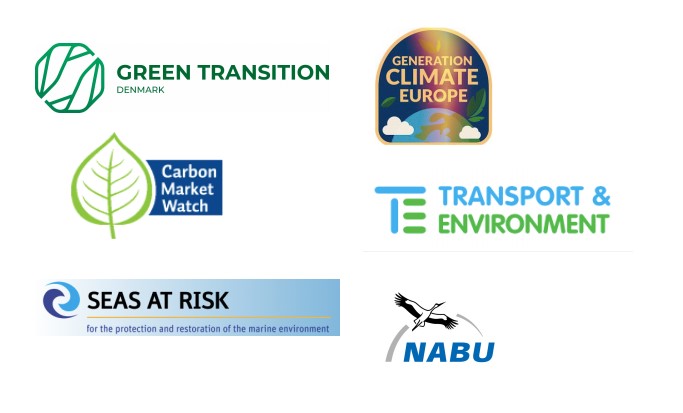Press Release: The initial IMO GHG Strategy, the historic 2018 climate deal agreed to by over 100 countries, risks being undermined at negotiations next week during the 7th meeting of the IMO’s Intersessional Working Group on Reduction of GHG Emissions from Ships (October 19-23).
The three most important principles of the initial IMO GHG Strategy are:
1) The agreement that the Paris Agreement applies to shipping. Specifically, the initial IMO GHG Strategy refers to putting shipping on “a pathway of CO2 emissions reduction consistent with the Paris Agreement temperature goals”.
2) The initial IMO GHG Strategy refers to prioritising Short Term measures that can achieve “further reduction of GHG emissions from international shipping before 2023”.
3) The initial IMO GHG Strategy aims “to peak GHG emissions from international shipping as soon as possible”.
These three crucial commitments are under threat from a small minority of countries at IMO. A compromised proposal is on the table next week that would allow shipping’s 1 billion tonnes of annual GHG emissions to keep rising for at least another decade, violating the Paris Agreement, as well as the initial IMO GHG Strategy.
If this attempt to backtrack on the initial Strategy commitments succeeds, it would weaken the IMO’s status as a global regulator.
As supporters of the IMO, we urge all countries to respect, and actively reaffirm, these three parts of the initial IMO GHG Strategy they committed to in 2018, and not undermine the IMO and efforts to tackle shipping’s very substantial climate footprint by backtracking.
Strong, clearly enforced, transparent regulation of shipping’s Carbon Intensity can reduce costly fossil fuel consumption, and cut the costs of burgeoning and devastating climate impacts imposed on all countries, but especially developing and least developed countries.
Signed:
Carbon Market Watch – wijnand.stoefs@carbonmarketwatch.org
Generation Climate Europe – kate.ae.young@gmail.com
Green Transition Denmark – Kåre Press-Kristensen karp@env.dtu.dk
NABU – soenke.diesener@nabu.de
Seas at Risk – jmaggs@seas-at-risk.org
Transport & Environment – faig.abbasov@transportenvironment.org
NOTES: Under a compromise proposal (ISWG-GHG 7/2/26) between advocates of Operational Efficiency (regulated via Carbon Intensity Indicators) and “Technical” regulation such as the Energy Efficiency Existing Ships Index (EEXI), both policies have been combined. However, it appears the cost imposed by the least ambitious countries as part of this deal is to push back any actual enforcement of Carbon Intensity until 2029/2030 at the earliest.
Specifically, on page 5, section 26 of the proposal it explains that only in 2029 will ships rated “E” not be issued a Statement of Compliance. Ships rated “D” can have until 2030, it is proposed, before they risk losing their Statement of Compliance. (Meanwhile the majority of ships in the world already stamped A, B or C will have no regulatory requirement even in a decade’s time to improve their efficiency, e.g. using available technologies like Fletter rotors and bubble hull lubrication – currently installed on less than 0.1% of the world’s fleet.) This is one of three enforcement options in the proposal and is the most ambitious, with the other two options containing no binding penalties at all.
Leaving the operational efficiency of ships voluntary until 2029/2030, as ISWG-GHG 7/2/26 suggests, will allow shipping’s vast 1 billion tonnes of annual GHG emissions to keep rising for the next 10 years at least.
This clearly violates points 2) and 3) above – only enforcing a measure from 2029 will not reduce emissions before 2023, nor will it reduce GHG emissions “as soon as possible”. On point 1), Paris Agreement compliance, climate scientists made clear in last year’s IPCC 1.5 degrees special report, that global emissions have to be cut in absolute terms by approximately -45% by 2030, to stabilise global heating at 1.5C degrees – a temperature goal which all Paris Agreement signatories have committed to pursue.
































